Your Compost’s ‘Do Not Eat’ List: A No-Nonsense Guide
I’ve been turning kitchen scraps and yard trimmings into that gorgeous, dark compost for what feels like a lifetime. My journey started with a simple, hopeful heap in the corner of my first garden. And let me tell you, I made plenty of mistakes.
In this article
My very first pile smelled so unbelievably bad my neighbor actually offered to buy me one of those sealed compost bins. It was a kind, but mortifying, offer. Since then, I’ve managed huge systems for community gardens and helped hundreds of people figure this stuff out. Through all of it, one lesson stands out above all others: knowing what to leave out of your compost is just as important as knowing what to put in.
Think of your compost pile as a bustling city of microscopic workers. It’s teeming with bacteria, fungi, worms, and all sorts of other organisms doing their jobs. They need the right balance of food (greens and browns), air, and water to be happy. When you toss in the wrong things, you can throw that whole delicate system into chaos. The result? A stinking, pest-infested mess that can actually hurt your garden instead of helping it. This guide is built on all those years of trial and (lots of) error, so you can skip the smelly part and get straight to the good stuff.
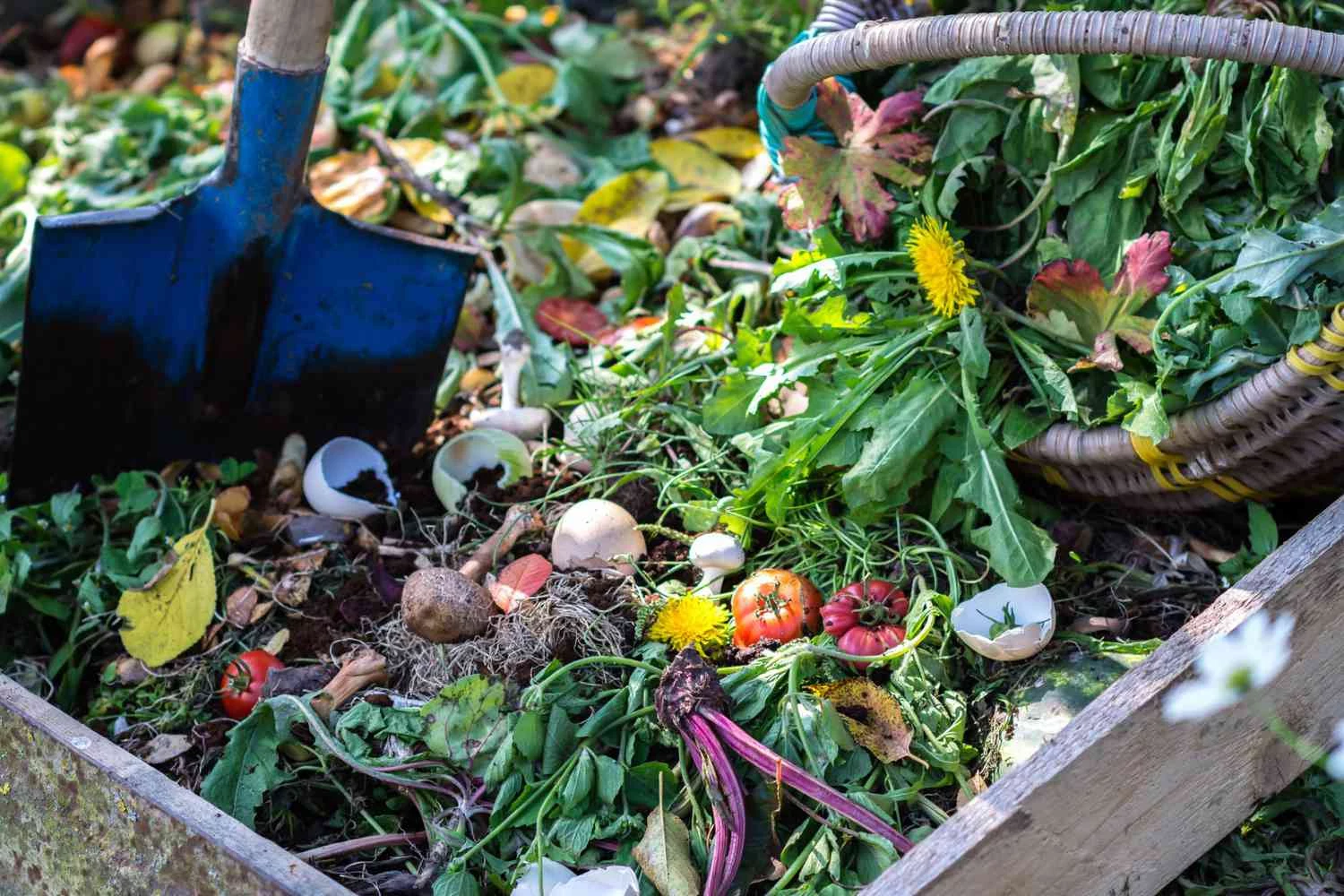
Why a Healthy Pile is a Hot Pile
Before we get into the nitty-gritty list of no-nos, it helps to understand why they’re a problem. Good composting is an aerobic process, which is just a fancy way of saying it needs oxygen. The tiny microorganisms—the real heroes here—consume organic matter, breathe in oxygen, and in the process, generate a ton of heat, water, and carbon dioxide. This intense heat is what breaks everything down into stable humus, the black gold we’re all after.
But when a pile doesn’t have enough oxygen, a different, more sinister crew of microbes takes over. This is anaerobic decomposition—the same stuff that happens in swamps and landfills. These guys work super slowly and produce some truly awful-smelling gases, like hydrogen sulfide (think rotten eggs) and ammonia. Even worse, an anaerobic pile doesn’t get hot enough to kill off plant diseases, weed seeds, and dangerous pathogens.
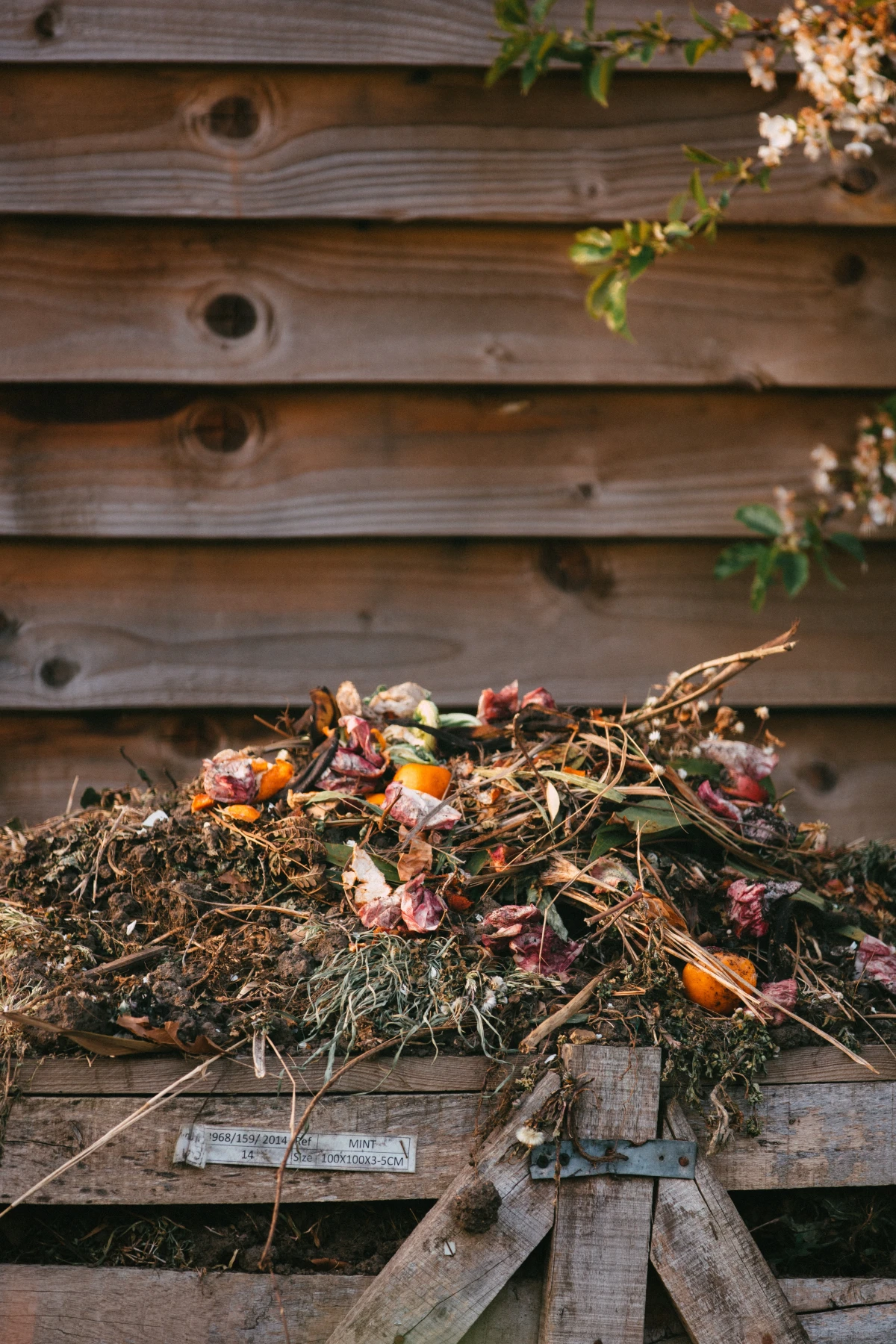
A good, active pile should get steamy, reaching temperatures between 130°F and 160°F. I use a long-stem compost thermometer to check mine; you can grab one online or at any garden center for about $15-$25, and honestly, it’s one of the best investments you can make. A quick tip if you don’t have one: carefully stick your hand toward the center of the pile. If it’s too hot to keep it there for more than a few seconds, you’re likely in the right temperature zone! Holding that heat for a few days straight is key to sanitizing the compost. Many of the problem ingredients we’re about to cover prevent this from ever happening.
The Unforgivable List: Never, Ever Add These
Some things are so disruptive they just have no business in a backyard compost pile. Adding them is basically asking for trouble and can even create some genuine health risks. I’ve seen every single one of these ruin a perfectly good batch of compost. It’s just not worth it.
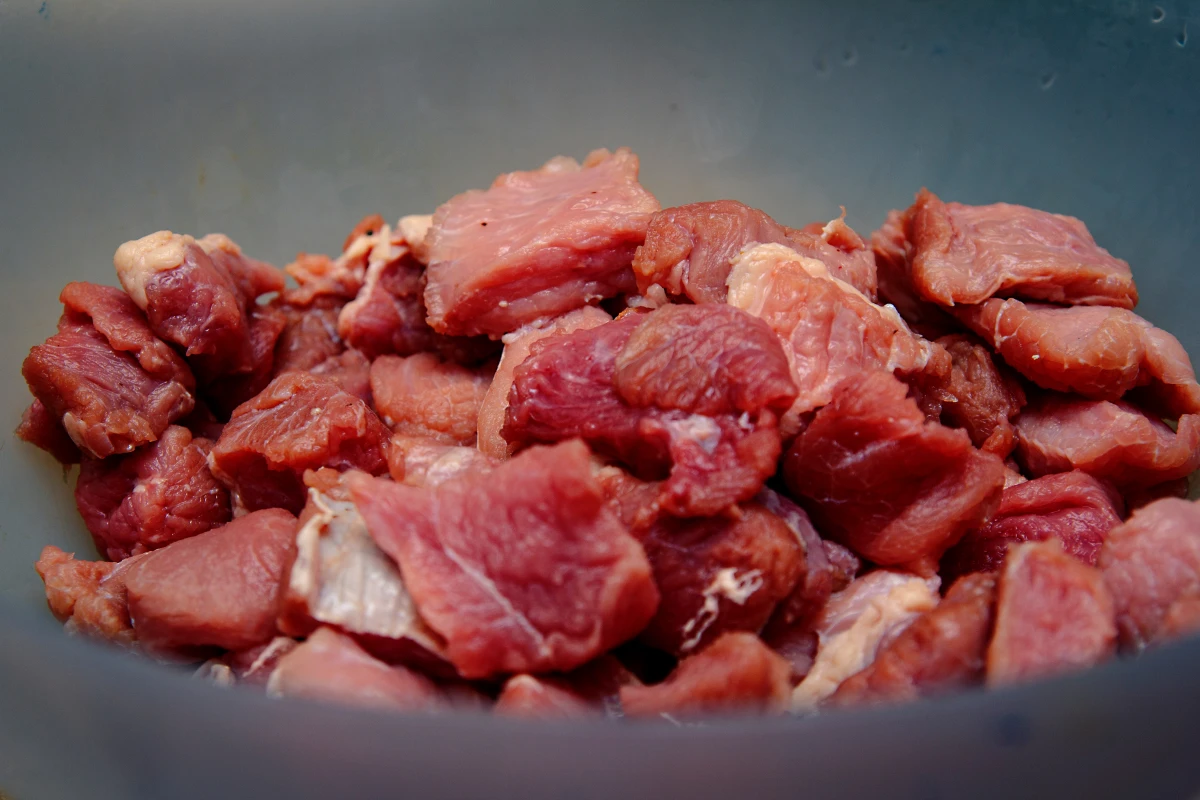
1. Meat, Fish, Bones, and Dairy
This is rule number one, the big one. All meat, fish (including shellfish), bones, milk, cheese, butter, and yogurt need to stay far, far away. While they are technically organic, they decompose in a way that’s a total disaster for a home pile.
Instead of breaking down cleanly, these high-protein items putrefy. This creates a smell that is truly stomach-turning (and trust me, your neighbors will notice). That odor is a giant dinner bell for every scavenger in a five-mile radius. I once helped a community gardener who was frustrated that her pile was constantly being dug up by raccoons and rats. The culprit? A few chicken carcasses she thought she’d buried deep enough.
Heads up! These items are also a potential biohazard. They can carry nasty pathogens like E. coli and Salmonella. Your average backyard pile just doesn’t maintain the kind of consistent, high heat needed to guarantee those pathogens are destroyed. Using that compost on your veggie patch could make your family sick.
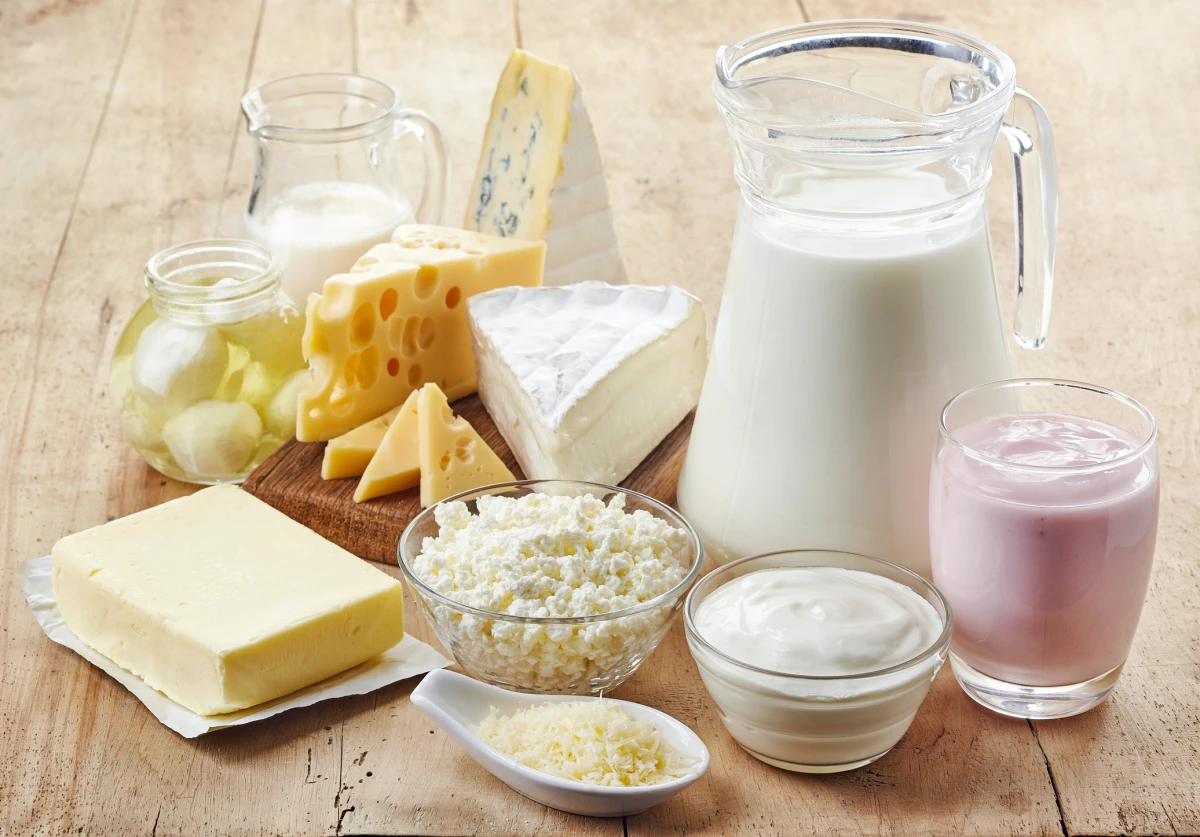
What to do instead: Some city green bin programs are equipped for this waste, as their industrial-scale facilities get way hotter than ours can. For the dedicated composter, you could look into specialized systems like a Bokashi fermenter, which is a cool kitchen-based method that essentially pickles your food waste before you bury it. For most of us, though, the trash is the safest bet.
2. Fats, Grease, and Oils
This includes all your cooking oil, bacon grease, and even super oily salad dressings. These are the enemy for one simple reason: they block air and repel water. Think of it like putting a plastic bag over your other ingredients.
When you pour oil into a pile, it coats everything, creating a waterproof, airtight barrier. The stuff underneath can’t get oxygen, so it goes anaerobic and starts to stink. The oil itself doesn’t break down easily; it just goes rancid. And the classic greasy pizza box? Tear off the clean parts of the cardboard for your compost, but the greasy bottom part should go in the trash. The grease will cause the same problems as pouring oil straight in.
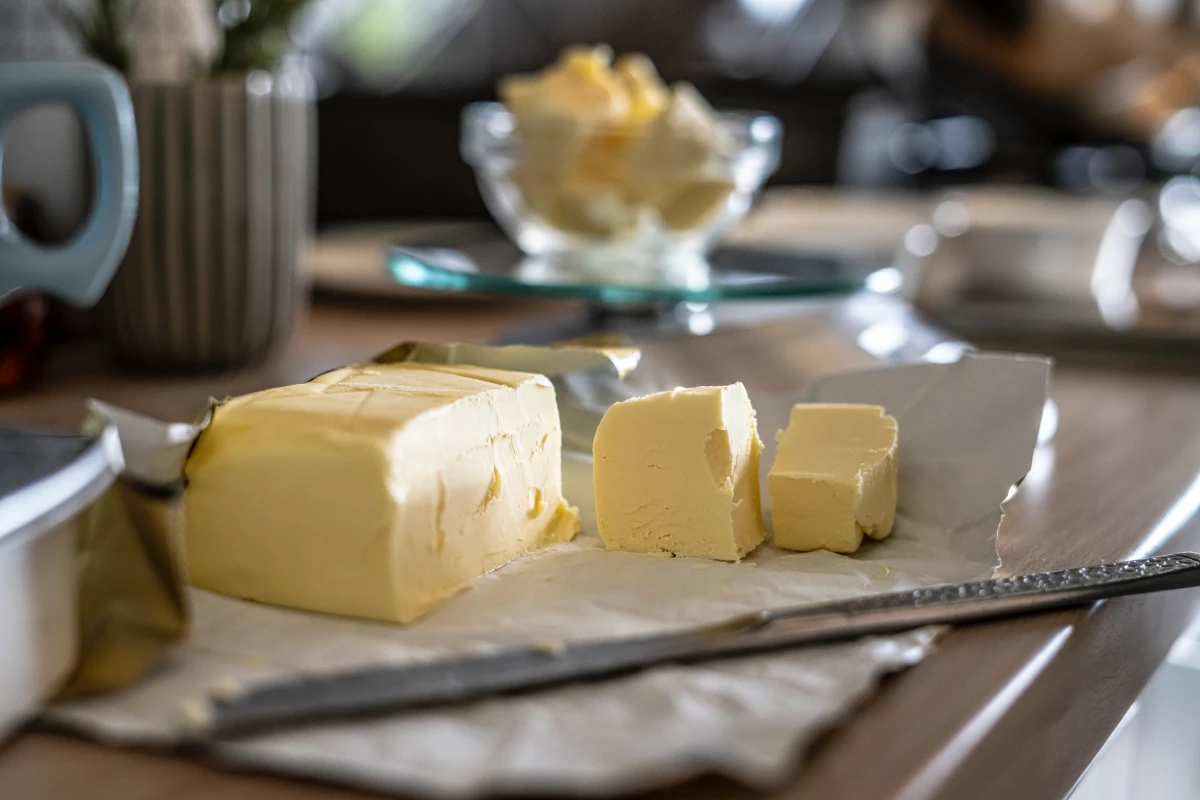
What to do instead: A tiny bit of oil on a paper towel or napkin is usually fine; the paper absorbs it. For anything more, let it cool and solidify in a jar, then toss the whole thing in the trash. And please, never pour grease down the drain!
3. Pet Waste (from Cats and Dogs)
This one is a critical health and safety issue. While poop from herbivores like chickens, rabbits, and cows is
Inspiration:
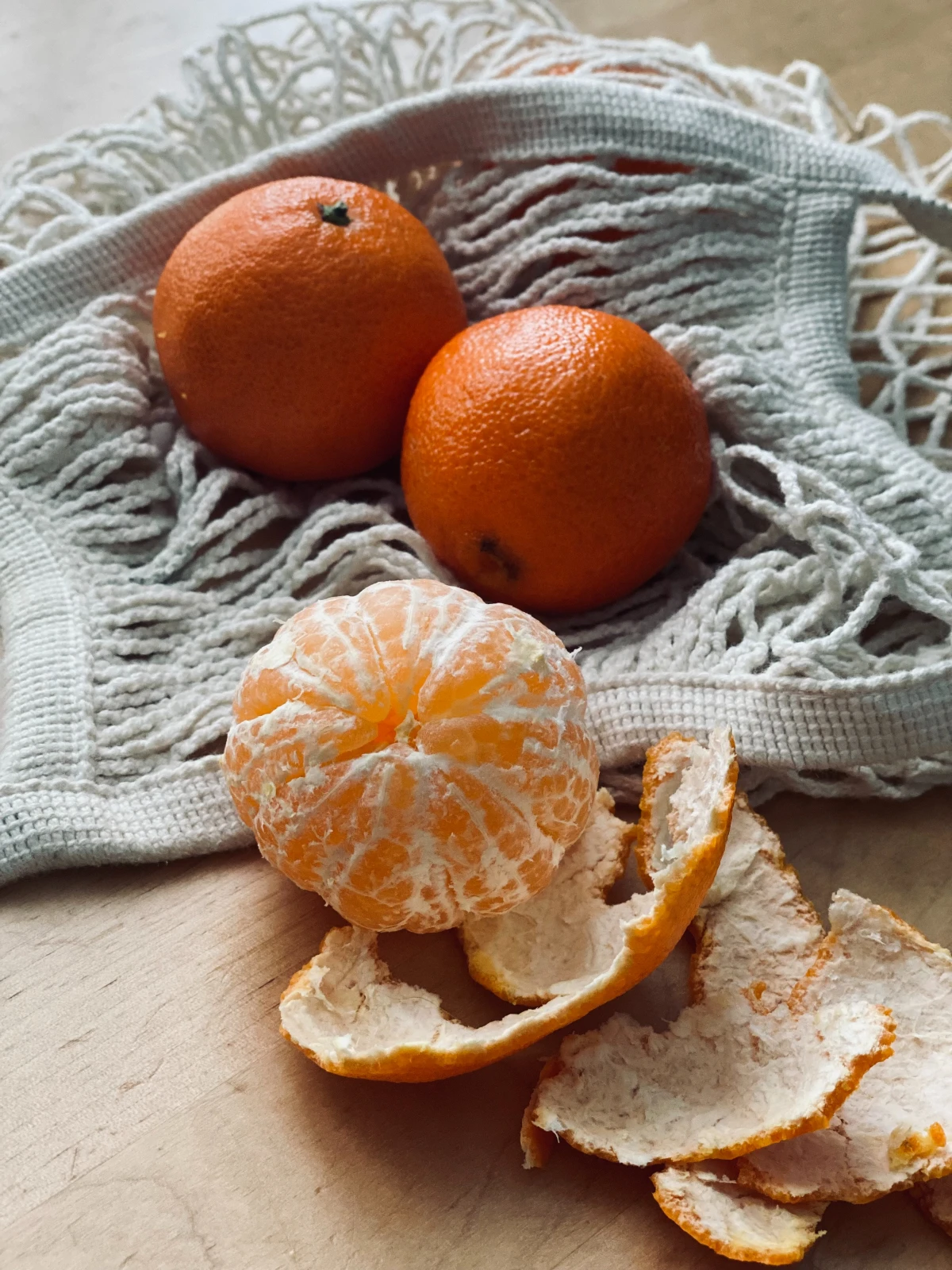
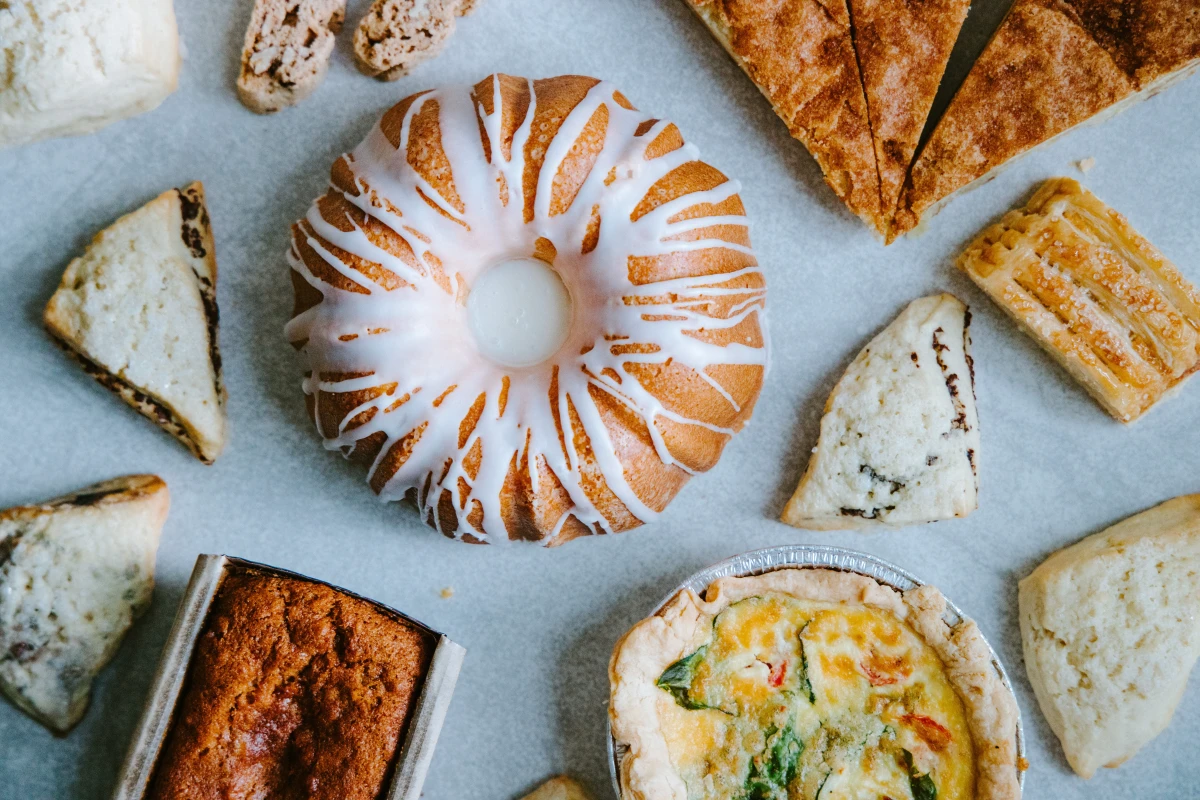
My compost pile isn’t getting hot. What am I doing wrong?
A cold pile is almost always a sign of an imbalanced recipe. Your microscopic workers need a balanced diet of carbon (browns) and nitrogen (greens). If your pile is cold, it likely needs more nitrogen. Try mixing in fresh grass clippings (un-treated!), kitchen scraps like apple cores and vegetable peels, or even a layer of used coffee grounds. Also, check the moisture: the contents should feel like a wrung-out sponge. A quick turn with a garden fork to introduce oxygen can also work wonders to wake it up.
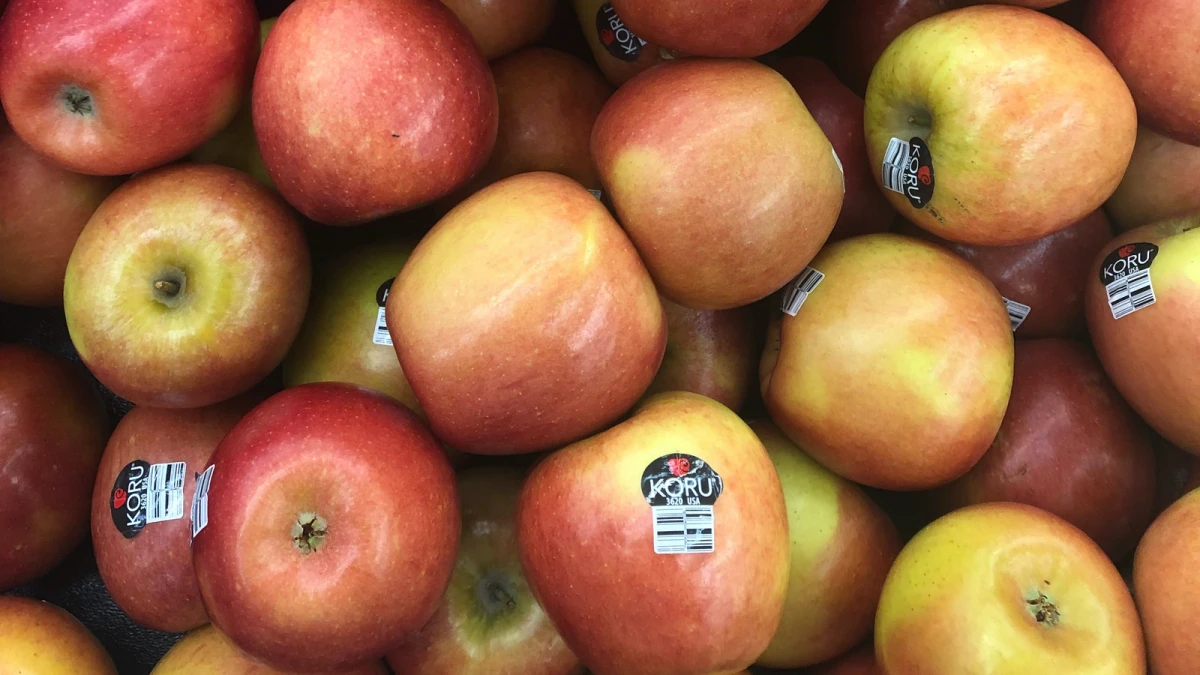
A single teaspoon of healthy compost can contain up to one billion beneficial bacteria, miles of fungal hyphae, and thousands of protozoa.
When you add compost to your garden, you’re not just adding nutrients; you’re inoculating your soil with a thriving, diverse ecosystem. This microscopic army helps plants access nutrients, fight off diseases, and improve soil structure, creating a resilient and healthy garden from the ground up.
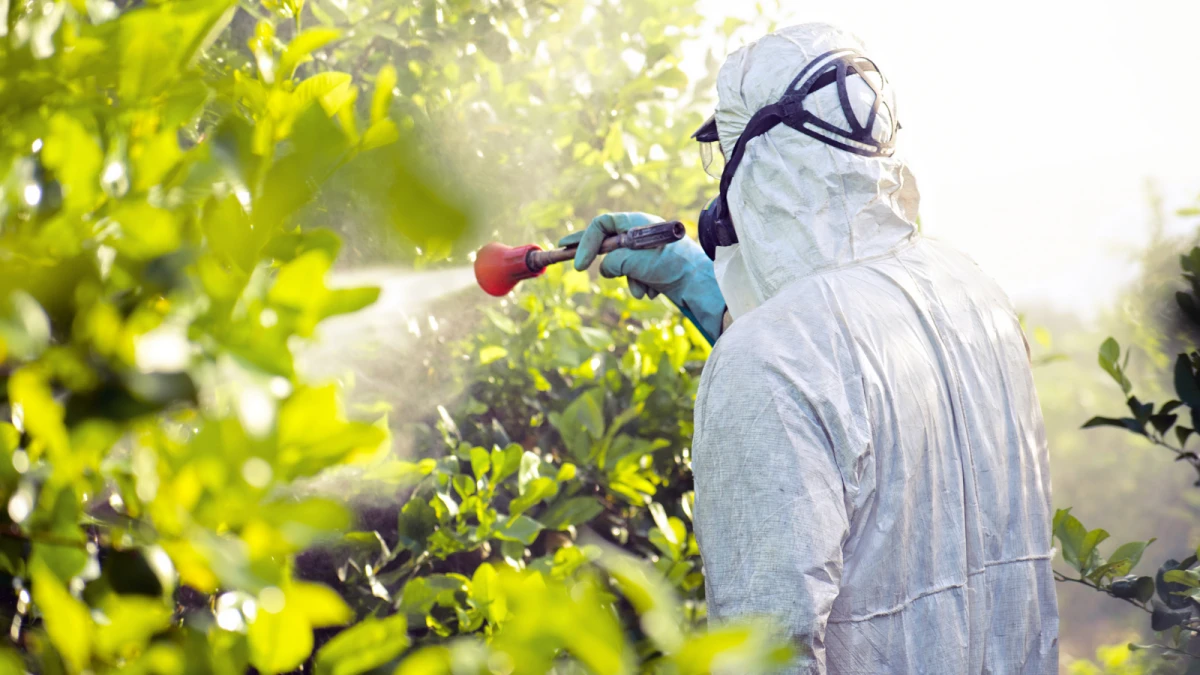
Static Bin vs. Tumbler: Which is for you?
Static Bins (like the GeoBin): These are simple, open-bottomed containers that sit directly on the ground. They are inexpensive and can handle large volumes of yard waste. The downside? They require manual turning with a pitchfork, and the compost at the bottom is ready long before the top.
Compost Tumblers (like the Jora or FCMP Outdoor models): These sealed, rotating drums are cleaner, keep pests out, and make turning effortless. They often produce compost faster. However, they typically have a smaller capacity and a higher price tag. Your choice depends on your space, budget, and how much work you want to do.
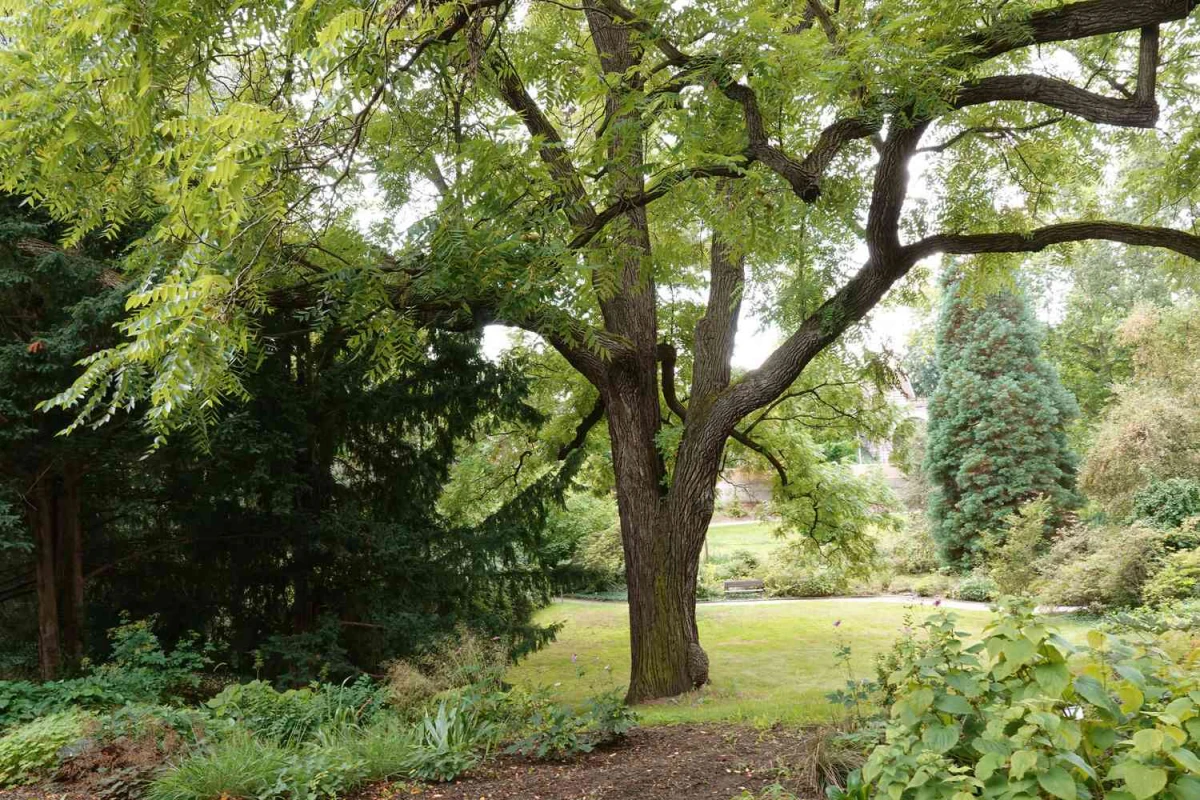
Forget expensive additives. Nature provides the best compost activators to get your pile cooking:
- Comfrey Leaves: Known as a ‘dynamic accumulator’, these leaves are rich in nitrogen and other nutrients.
- Nettles: Before they go to seed, young nettles are a fantastic nitrogen source. Soak them in water for a day before adding.
- Alfalfa Meal: Available at any feed store, it provides a powerful, balanced boost of nitrogen.
- Aged Manure: Herbivore manure (from chickens, rabbits, or horses) is a classic, potent starter.

The rich, earthy scent of finished compost is the gardener’s reward. It shouldn’t smell sour, rotten, or like ammonia. A truly finished batch smells like a forest floor after a rain—a clean, slightly sweet, earthy aroma. The texture should be dark, crumbly, and moist, with no recognizable food scraps left. This is the ‘black gold’ that will transform your garden soil.
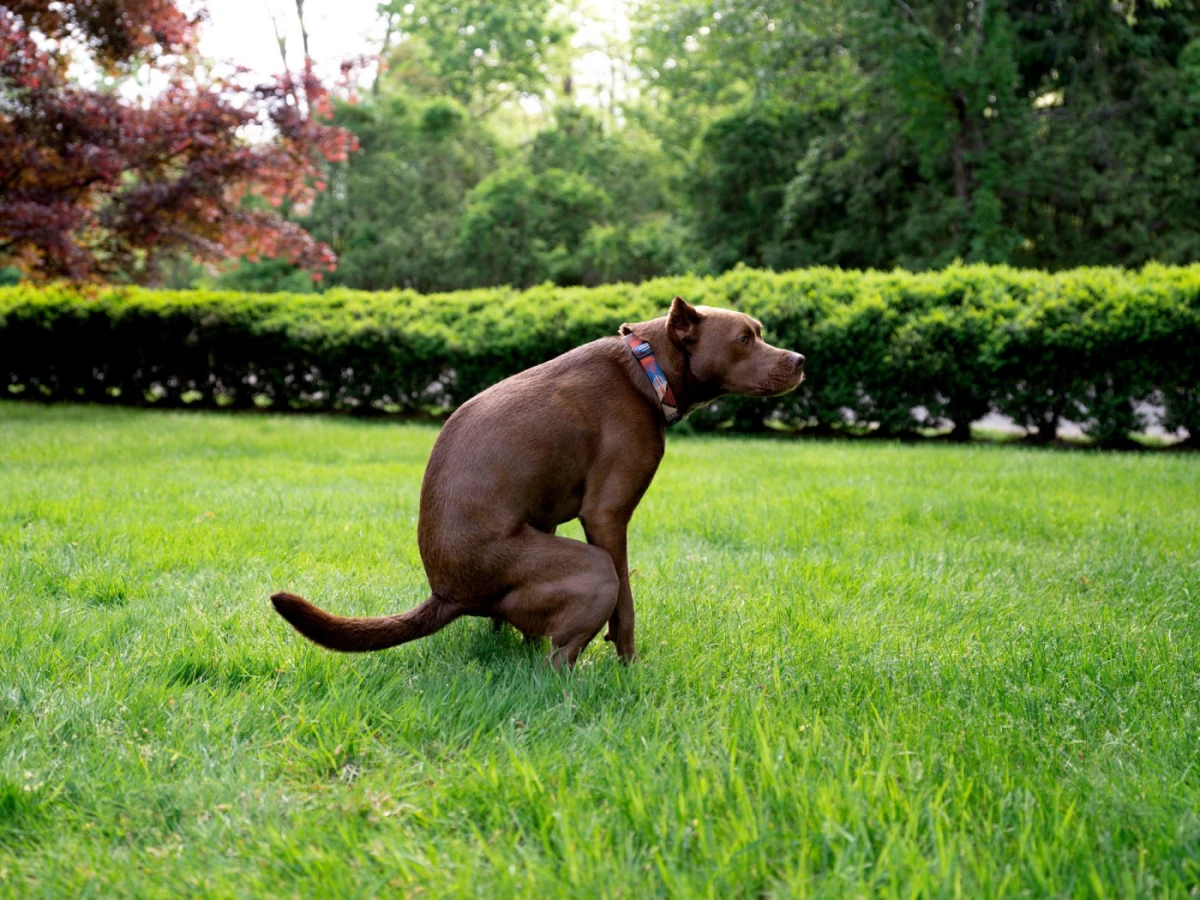
- It processes tricky kitchen waste like meat, bones, and dairy.
- It fits neatly in a small kitchen or on a balcony.
- It works in weeks, not months, without bad odors.
The secret? A Japanese technique called Bokashi. It’s not true composting, but a fermentation process using a special bran inoculant in an airtight bucket. The pickled waste is then buried in the garden or added to a traditional compost pile where it breaks down rapidly.
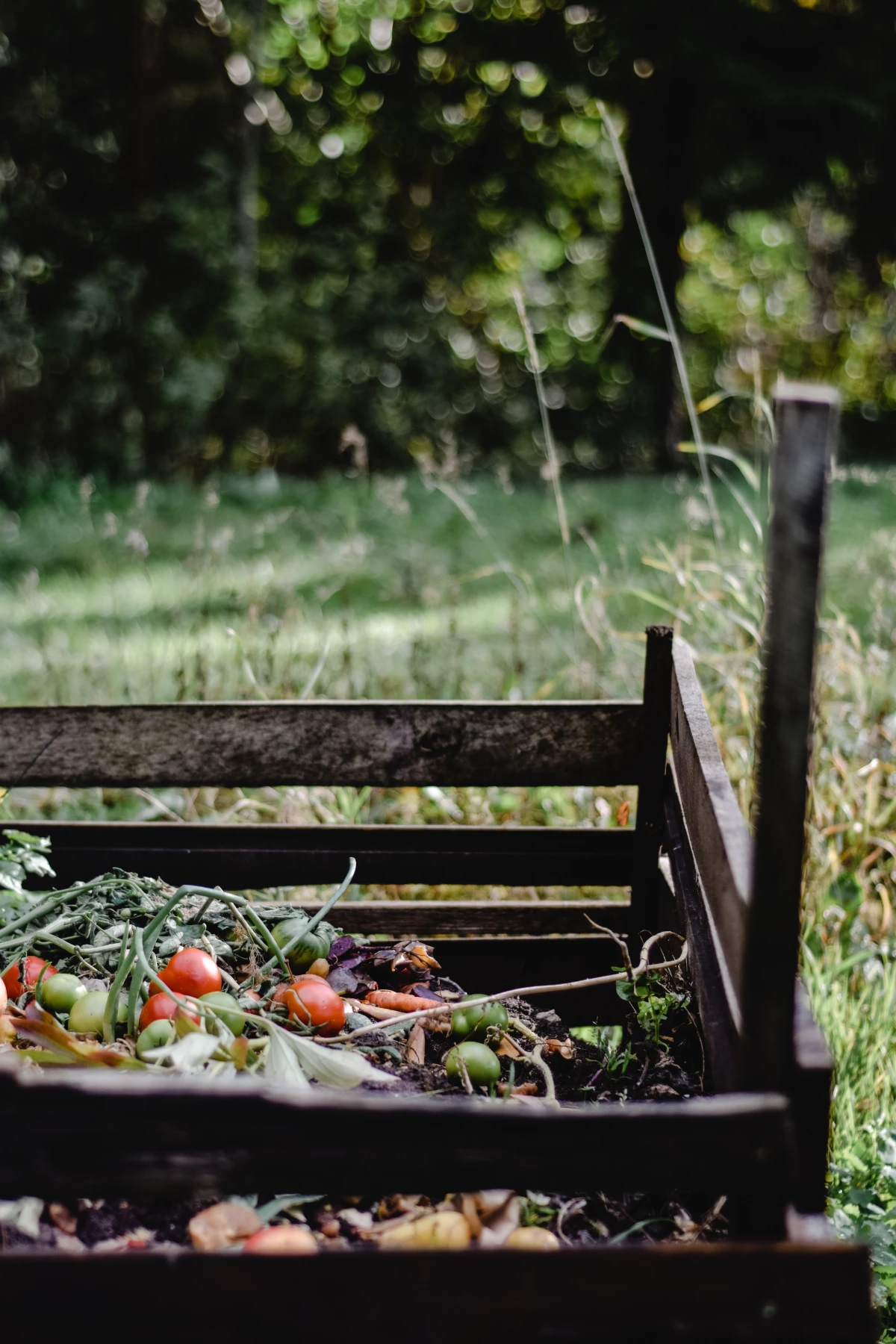
A word of caution on weeds: Even a hot compost pile might not be enough to destroy the most tenacious invaders. Perennial weeds with persistent root systems, like bindweed, couch grass, or Japanese knotweed, can survive the process. The same goes for weeds that have gone to seed, like dandelions. It’s often safer to dispose of these culprits elsewhere to avoid accidentally sowing them throughout your prized flowerbeds.
The Starbucks ‘Grounds for Your Garden’ program has been offering free used coffee grounds to gardeners since 1995.
While a great source of nitrogen, don’t overdo it. Contrary to popular belief, used grounds are not highly acidic, but they are very fine and can compact into a dense, water-repellent layer. Always mix them thoroughly with ‘brown’ materials, like dry leaves or shredded cardboard, to keep your pile light and airy.










